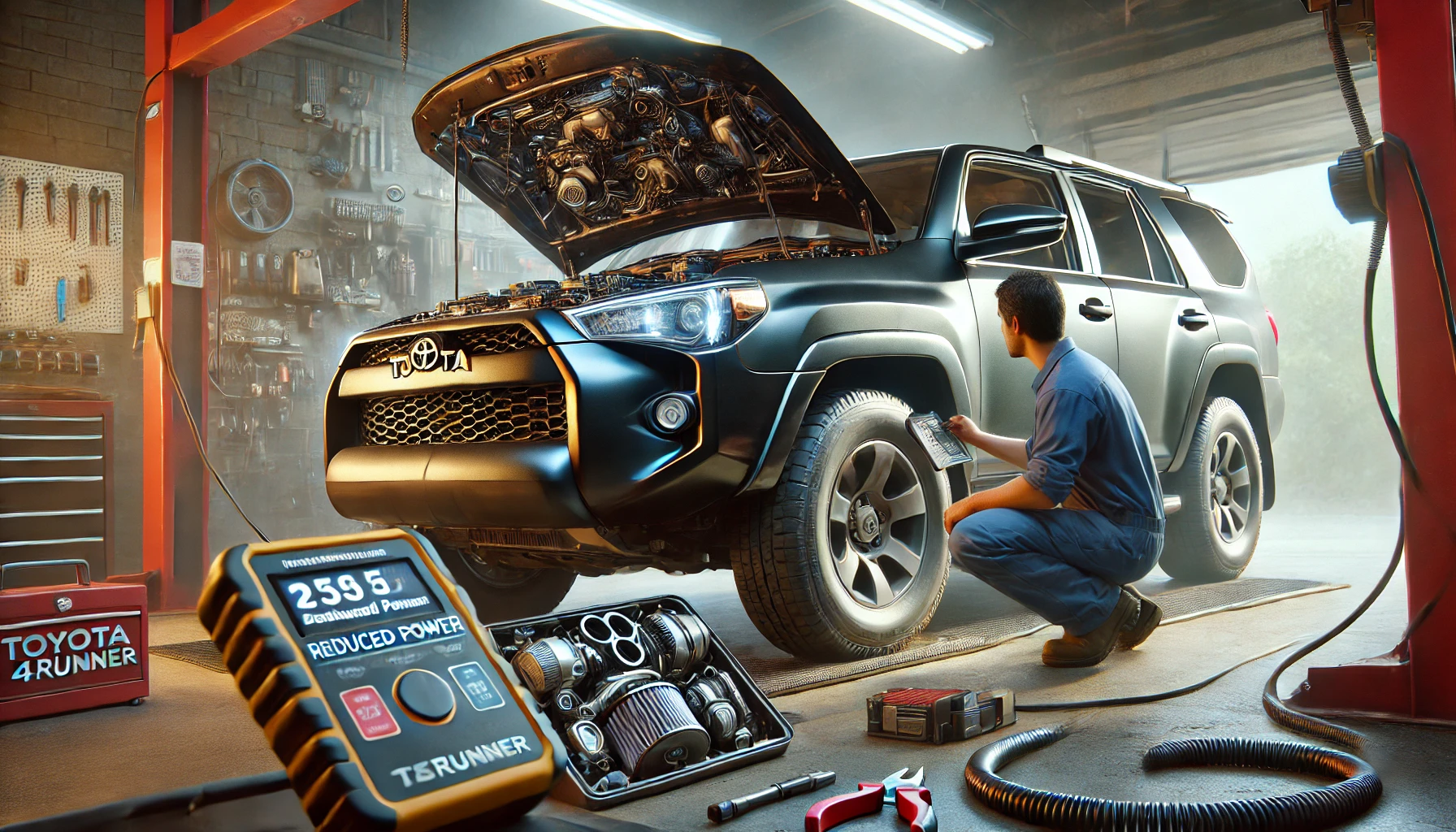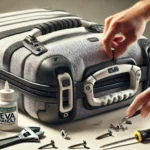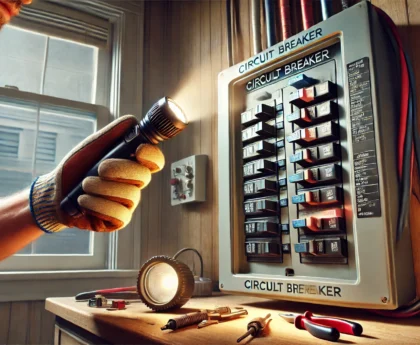- Introduction: Understanding the Toyota 4Runner Reduced Power Issue
- 2. Common Causes of Reduced Power in Toyota 4Runner
- 3. Diagnosing Reduced Power: Step-by-Step
- 4. Fixes for Toyota 4Runner Reduced Power Issues
- 5. Preventing Future Reduced Power Issues in Your Toyota 4Runner
- 6. Should You Drive Your 4Runner with Reduced Power?
- 7. Conclusion: Fixing and Preventing Reduced Power in Your 4Runner
Introduction: Understanding the Toyota 4Runner Reduced Power Issue
The Toyota 4Runner reduced power problem can be frustrating for drivers. It happens when the car’s engine suddenly loses power and cannot accelerate as it should. This issue may cause your 4Runner to slow down, making it hard to drive safely on highways or busy roads. You might see warning lights on your dashboard, but the car does not run as smoothly.
This problem is a big concern for Toyota 4Runner owners because it can make driving risky. Reduced engine power can make it hard to keep up with traffic and control your vehicle. This can cause stress and worry, especially if it happens often.
Diagnosing this problem as soon as possible is important. When the engine runs on lower power, it means something is wrong inside. Ignoring the issue can cause even bigger problems down the road, like damaging important parts of the engine. Fixing the issue quickly can help prevent costly repairs and keep your Toyota 4Runner running safely.
2. Common Causes of Reduced Power in Toyota 4Runner
Throttle Body Malfunction
A faulty or dirty throttle body can cause your Toyota 4Runner to lose power. The throttle body controls the amount of air that enters the engine. Over time, dirt and grime can build up inside, leading to poor performance. When it gets dirty, it doesn’t let enough air in, which makes the engine struggle to maintain power. Symptoms may include rough idling, slow acceleration, and even stalling.
Faulty Oxygen Sensors (O2 Sensors)
The oxygen sensors in your 4Runner monitor the levels of oxygen in the exhaust and help the engine adjust the air-fuel mixture. When the O2 sensors fail, they send incorrect data to the engine’s computer, causing improper air-fuel mixture and leading to power loss. This often results in slower acceleration, poor fuel economy, and sometimes, the check engine light will come on.
Catalytic Converter Failure
The catalytic converter helps reduce harmful emissions by converting them into less harmful gases. When it gets clogged or damaged, it restricts the flow of exhaust gases, which reduces engine power. If the catalytic converter is failing, you might notice a rotten egg smell or reduced power during acceleration. Ignoring this issue can also cause damage to other engine parts.
Throttle Position Sensor Issues
The throttle position sensor (TPS) monitors the position of the throttle in your engine. When it’s not working correctly, it sends the wrong data to the engine control unit (ECU), which confuses the engine about how much fuel and air are needed. This can cause reduced power, jerky acceleration, and issues with shifting gears.
Fuel Pump Malfunction
The fuel pump is responsible for sending fuel from the gas tank to the engine. When it malfunctions, the engine doesn’t get enough fuel to run at full power. You may notice slow acceleration, the engine struggling to start, or even stalling. A faulty fuel pump can also trigger a check engine light and diagnostic trouble codes.
Spark Plugs and Ignition Coils
Worn-out spark plugs or faulty ignition coils can cause your engine to misfire, leading to a noticeable drop in power. When spark plugs wear down, they don’t produce the spark needed to ignite the air-fuel mixture properly, leading to rough engine performance. Faulty ignition coils can also cause poor sparking, which makes the engine lose power and can lead to higher fuel consumption.
3. Diagnosing Reduced Power: Step-by-Step
Using an OBD II Scanner
An OBD II scanner is a handy tool for diagnosing reduced power in your Toyota 4Runner. This device connects to your car’s computer system and reads diagnostic trouble codes (DTCs). Once connected, the scanner retrieves error codes that help identify the specific issue causing the reduced power. You can purchase a basic OBD II scanner, which is easy to use by simply plugging it into the port under the dashboard. This tool can guide you in understanding which part of the engine needs attention.
Interpreting Error Codes
When you use the scanner, it will show error codes such as P0120 or P0420, which provide clues to the issue.
- P0120 relates to the Throttle Position Sensor and indicates an issue with how the throttle responds to the gas pedal.
- P0420 is a common code that points to problems with the catalytic converter, often caused by inefficient fuel burning.
Each code corresponds to a specific problem in your Toyota 4Runner, making it easier to diagnose and fix the reduced power problem.
Check for Misfires
Misfires occur when one or more cylinders in the engine fail to ignite properly, which can lead to a loss of power. Misfires are often caused by faulty spark plugs or ignition coils. If your OBD II scanner returns misfire-related codes (e.g., P0300, P0301), you will need to inspect and possibly replace the spark plugs or ignition coils to restore engine power.
Inspecting Exhaust Leaks
Exhaust leaks can lead to incorrect readings from the oxygen sensors, which may trigger a reduced power issue. Leaks in the exhaust system allow unfiltered air to escape before reaching the sensors, causing the engine’s computer to receive inaccurate data. If your OBD II scanner shows codes related to oxygen sensors or catalytic converter issues, it’s important to inspect the exhaust system for leaks. A common sign of an exhaust leak is a loud rumbling noise from the engine, which you can hear when standing next to the car while it is running. Fixing an exhaust leak can often resolve power issues related to sensor misreadings.
4. Fixes for Toyota 4Runner Reduced Power Issues
Throttle Body Cleaning or Replacement
A dirty throttle body can severely reduce engine power. Here’s how to clean it:
- Disconnect the battery to avoid electrical issues.
- Locate the throttle body (usually found between the air filter and intake manifold).
- Use a throttle body cleaner spray to clean the inner surfaces and remove built-up grime.
- Reconnect the battery and test the vehicle.
If cleaning doesn’t restore power, it may be time to replace the throttle body. A new throttle body is necessary when the internal mechanism becomes too worn out to function properly.
O2 Sensor Replacement
Faulty O2 sensors can cause poor engine performance. To test the oxygen sensors:
- Use an OBD II scanner to check for O2 sensor-related codes (e.g., P0130 or P0150).
- Locate the O2 sensors (upstream and downstream of the catalytic converter).
- Use a multimeter to test for proper voltage. If they are out of range, they need replacing.
Replacing the O2 sensors will help the engine maintain the correct air-fuel ratio, improving power and efficiency.
Catalytic Converter Replacement
A clogged catalytic converter restricts exhaust flow, reducing power. Common signs of failure include the P0420 code or a rotten egg smell. To replace the catalytic converter:
- Locate the converter under the vehicle.
- Unbolt the converter from the exhaust system and replace it with a new one.
Replacing a faulty catalytic converter is necessary to restore optimal engine performance and prevent further damage.
Throttle Position Sensor Fixes
A malfunctioning throttle position sensor (TPS) can cause reduced power and erratic acceleration. To fix it:
- Use an OBD II scanner to check for TPS-related codes (e.g., P0120).
- Locate the TPS on the throttle body.
- Test the sensor using a multimeter. If it shows improper readings, it needs replacing.
Replacing the TPS ensures proper throttle response and improves overall engine power.
Replacing Spark Plugs and Ignition Coils
Worn spark plugs or faulty ignition coils lead to misfires and loss of power. Here’s how to replace them:
- Use an OBD II scanner to identify misfire codes (e.g., P0300).
- Remove the old spark plugs and ignition coils.
- Install new, properly gapped spark plugs and replace faulty ignition coils.
Timely replacement of these components prevents further engine damage and helps maintain power and efficiency.
Fuel Pump Repair or Replacement
A failing fuel pump can cause reduced power by limiting the fuel reaching the engine. To diagnose:
- Check for error codes (e.g., P0230, P0231).
- Test the fuel pump’s pressure using a fuel pressure gauge.
If the fuel pump is not delivering adequate pressure, it needs to be replaced. This ensures the engine receives enough fuel for proper power and performance.
5. Preventing Future Reduced Power Issues in Your Toyota 4Runner
Regular Maintenance
To prevent future reduced power issues in your Toyota 4Runner, regular maintenance is essential. Here are some key tips:
- Throttle Body: Clean the throttle body every 50,000 to 70,000 miles to avoid dirt buildup, which can lead to poor engine performance.
- O2 Sensors: Replace the oxygen sensors around every 100,000 miles, or as soon as they start malfunctioning, to ensure the air-fuel mixture is balanced.
- Fuel Injectors: Clean the fuel injectors regularly to prevent clogs that can restrict fuel flow and reduce power. Use fuel injector cleaners as recommended by Toyota to keep injectors in optimal condition.
Using High-Quality Fuel and Additives
The quality of fuel you use can have a significant impact on your Toyota 4Runner’s engine performance. Using high-quality fuel with a proper octane rating helps prevent clogging in the fuel injectors and keeps the combustion system clean. Adding fuel additives can also help maintain a clean fuel system, reducing the risk of sensor malfunctions and power loss. Always check that the additives are Toyota-approved to avoid causing damage.
Monitoring Engine Performance
Keep a close eye on how your engine performs daily. Here are some signs to watch for:
- Slow acceleration
- Rough idling
- Unusual noises from the exhaust
These can be early warnings of reduced power issues. Addressing these signs immediately can prevent further damage to your vehicle. Regularly scanning the vehicle’s system with an OBD II scanner can also catch minor issues before they become major problems.
6. Should You Drive Your 4Runner with Reduced Power?
Risks of Driving with Reduced Power
Driving your Toyota 4Runner while experiencing reduced power can be risky. The vehicle’s engine enters a “limp mode” to protect itself from further damage, but this means you will have limited speed and acceleration. On highways, this can become a safety hazard as you might struggle to keep up with traffic or merge properly. The lack of full power control makes it harder to react quickly to emergency situations, increasing the chances of accidents.
Safety Concerns and Expensive Repairs
Continuing to drive with the reduced power warning can lead to more serious engine damage. Issues like a failing catalytic converter or malfunctioning fuel pump can worsen, leading to more costly repairs if not addressed. For example, a clogged catalytic converter can overheat and damage other engine components, while a faulty fuel pump can lead to poor fuel delivery, causing your engine to misfire or stall completely.
7. Conclusion: Fixing and Preventing Reduced Power in Your 4Runner
Addressing reduced power issues in your Toyota 4Runner is essential for maintaining optimal engine performance and safety. We have covered the main causes, such as throttle body malfunctions, O2 sensor failures, and catalytic converter problems, along with clear solutions to fix them. Regular maintenance, like cleaning the throttle body and replacing spark plugs, can prevent future problems. Additionally, using high-quality fuel and monitoring engine performance will help avoid more severe issues down the road.
In conclusion, it’s crucial to stay proactive with your 4Runner’s maintenance. Keeping an eye on early warning signs, such as slow acceleration or rough idling, allows you to catch problems early and avoid costly repairs. Regular use of an OBD II scanner can provide a quick diagnostic check, ensuring your vehicle stays in top condition.
Thank you for visiting our Blog! For more engaging content, please check out the related category.





